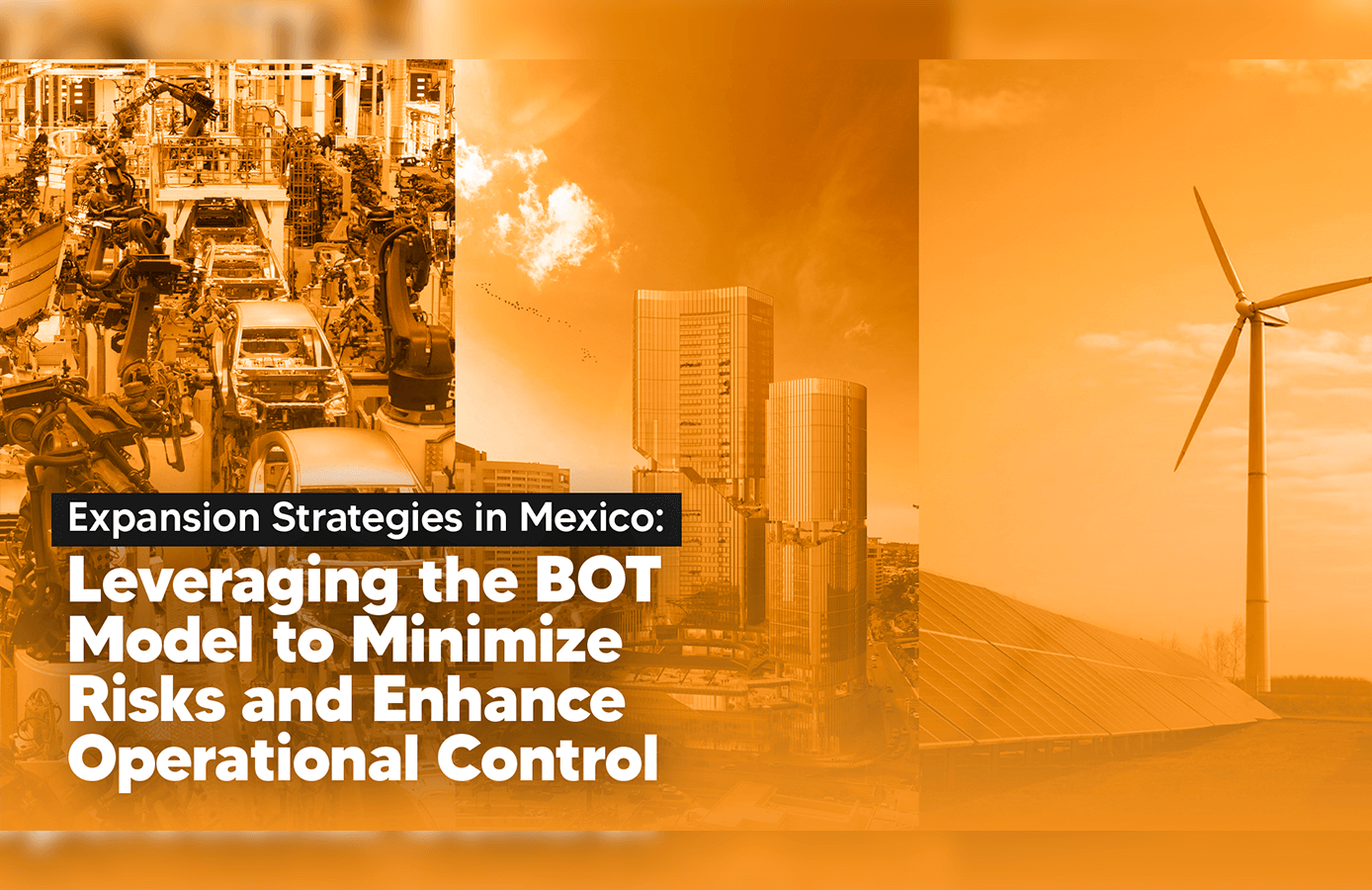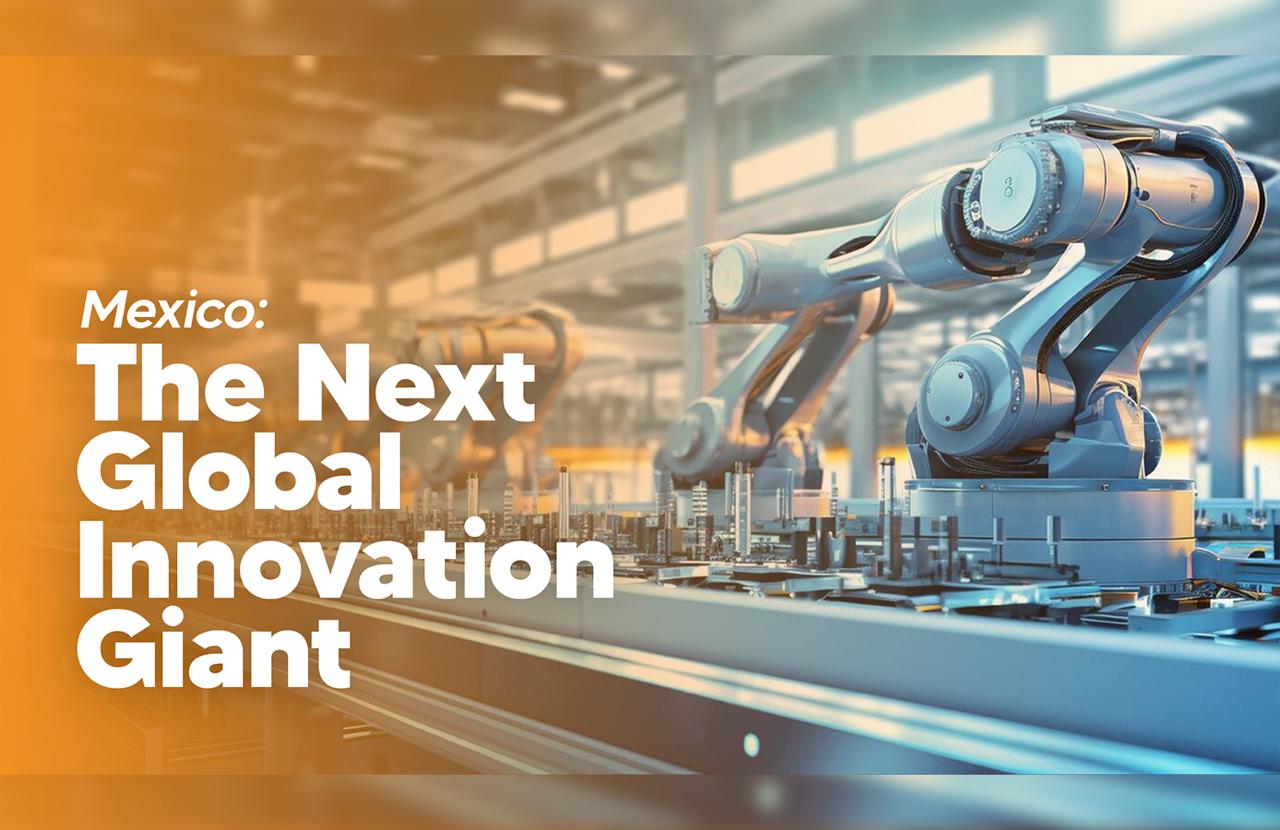Expanding operations into new markets is a pivotal step for companies aiming to scale their global footprint. For businesses in Canada and the United States, Mexico has emerged as a prime destination for growth, offering a unique combination of economic stability, skilled labor, and a pro-business environment. By adopting the Build-Operate-Transfer (BOT) model, organizations can navigate their expansion plans with reduced risks, enhanced operational control, and strategic precision.
What is the BOT Model?
The BOT model provides a structured and phased approach for market entry:
- Build: Establishing the necessary infrastructure or initial operations.
- Operate: Managing the processes locally to ensure efficiency and compliance.
- Transfer: Transitioning full control of the operation to the parent company, ensuring a seamless handover.
This strategy allows companies to mitigate financial risks, optimize resources, and establish a sustainable presence in a new market.
Why Choose Mexico?
Mexico has become a compelling nearshoring destination due to its strategic advantages:
1. Resilient and Diversified Economy
Mexico boasts a thriving and diverse economy. In 2023, the country attracted over $36 billion USD in Foreign Direct Investment (FDI)—a record-breaking achievement fueled by the manufacturing, automotive, and IT sectors. This economic resilience creates a fertile ground for long-term business growth.
2. Strategic Geographic Location
Bordering the United States and offering advanced logistical infrastructure, Mexico serves as a gateway to the North American market. The US-Mexico-Canada Agreement (USMCA) ensures streamlined trade, reduced tariffs, and access to a robust supply chain.
3. Cost-Effective, Skilled Workforce
With over 60 million workers, Mexico’s labor force is one of the largest in Latin America. The country excels in STEM education, producing a steady pipeline of engineers and technical talent—25% of university graduates specialize in STEM-related fields. Labor costs in Mexico are up to 40% lower than in the United States, making it a highly cost-efficient choice for global businesses.
4. Pro-Business Policies
Mexico is one of the most open economies in Latin America for foreign investment, ranking as the 11th largest global recipient of FDI. Trade agreements like the USMCA and the Comprehensive and Progressive Agreement for Trans-Pacific Partnership (CPTPP) position Mexico as a central hub for international commerce.
5. Growth in Emerging Industries
Mexico has solidified its reputation as a leader in sectors such as aerospace, automotive, IT, and renewable energy. These industries attracted billions of dollars in FDI in 2023, further establishing Mexico as a key player in transformative global projects.
How the BOT Model Unlocks Mexico’s Potential
The BOT model is a highly effective strategy for entering the Mexican market, offering several key benefits:
1. Operational Efficiency
Local partners manage operations during the early phases, ensuring compliance with Mexican regulations and adapting processes to local nuances. By leveraging local expertise, businesses can quickly establish and optimize their operations.
2. Financial Flexibility
The phased nature of the BOT model allows companies to avoid heavy upfront investments, reducing financial exposure and providing greater predictability in cost management. This flexibility is particularly appealing to companies looking to test new markets without significant capital risks.
3. Regulatory Compliance
Navigating Mexico’s regulatory environment can be complex. Knowledgeable local operators handle legal and compliance matters, ensuring businesses avoid potential pitfalls and adhere to labor, tax, and operational regulations.
Case Study: BOT in Action
A Canadian automotive company recently expanded to Querétaro, Mexico, using the BOT model. By partnering with local operators during the initial “Build” and “Operate” phases, the company established a state-of-the-art manufacturing facility. This approach reduced costs by 25% while ensuring compliance with local regulations. After two years, the company successfully transitioned to full operational control, leveraging an already trained workforce and streamlined processes to achieve sustained growth.
Schedule a 30-minute consultation with our CEO, Viridiana, to explore how the BOT model can unlock your company’s potential in Mexico. Let’s build a roadmap to success together.
Mexico: The Partner for Sustainable Growth
Mexico’s unique combination of strategic location, economic resilience, skilled labor, and openness to foreign investment makes it the ideal partner for companies seeking long-term growth. The BOT model complements these advantages by offering a risk-minimized, resource-efficient, and scalable approach to expansion.
Whether your business is in advanced manufacturing, technology, or renewable energy, Mexico provides the infrastructure, talent, and market access to drive your global ambitions forward.
The Role of Infrastructure in Nearshoring Success
Mexico’s investment in infrastructure has been instrumental in its rise as a nearshoring destination. The country boasts a robust transportation network with 117 seaports, 76 airports, and nearly 400,000 kilometers of highways. Major hubs like Monterrey, Querétaro, and Guadalajara offer state-of-the-art industrial parks and facilities tailored to manufacturing, IT, and logistics needs.
The ports of Veracruz and Lázaro Cárdenas, for example, facilitate efficient global trade routes, enabling companies to ship goods quickly and cost-effectively to North American markets.
The Rise of Nearshore IT Services
Mexico’s IT services sector has been a nearshoring success story. Cities like Guadalajara, known as the “Silicon Valley of Mexico,” have become hubs for software development and IT outsourcing. Companies such as IBM, Oracle, and Intel have established significant operations in Mexico to take advantage of the skilled workforce and proximity to the U.S. market.
A report from the Mexican Association of Information Technology Industries (AMITI) highlights that Mexico’s IT services exports grew by 12% annually between 2015 and 2023, reaching a value of $20 billion. This growth underscores the potential for technology companies to leverage Mexico as an IT innovation hub through the BOT model.
Emerging Opportunities in Renewable Energy
Mexico’s commitment to renewable energy has opened up significant opportunities for foreign investment. The country’s abundant natural resources, combined with government incentives, have driven interest in solar, wind, and geothermal projects.
The BOT model is particularly effective in this sector, as local partners can navigate the complex regulatory framework and manage the initial phases of renewable energy projects. In 2023, Mexico attracted $5.7 billion in foreign investment in renewable energy, accounting for 15% of the country’s total FDI, according to ProMéxico.
European energy companies, including Iberdrola and Enel, have successfully used the BOT model to establish and expand renewable energy operations in Mexico, highlighting its effectiveness in high-potential industries.
Cultural and Operational Advantages of Nearshoring to Mexico
One of Mexico’s often-overlooked advantages is its cultural compatibility with North American businesses. Shared time zones, bilingual professionals, and a strong understanding of U.S. and Canadian business practices make collaboration seamless.
Additionally, Mexico’s work culture emphasizes relationship-building and loyalty, fostering long-term partnerships with clients. These cultural alignments reduce friction in communication and enhance operational efficiency, especially during the “Operate” phase of the BOT model.
Challenges to Consider and How the BOT Model Mitigates Them
While Mexico offers many advantages, companies must address certain challenges, including:
- Navigating Bureaucracy: Mexico’s regulatory processes can be complex and time-consuming. The BOT model helps mitigate this by leveraging local expertise during the “Build” and “Operate” phases.
- Security Concerns: Companies can reduce risks by selecting strategic locations, such as industrial parks with enhanced security measures, and relying on local partners familiar with the landscape.
- Labor Market Competition: As Mexico attracts more foreign investment, competition for skilled labor is increasing. The BOT model enables businesses to establish competitive compensation packages and benefits, ensuring talent acquisition and retention.
A Vision for Long-Term Success
As companies continue to adapt to shifting global supply chains, the BOT model provides a strategic framework to ensure successful market entry and sustainable growth in Mexico. The country’s unique combination of economic, geographic, and labor advantages positions it as a partner of choice for businesses in diverse industries, from manufacturing to technology and renewable energy.
For decision-makers in Canada, the United States, and beyond, leveraging Mexico’s potential through the BOT model is a proven way to achieve operational excellence while minimizing risks.
Conclusion
Mexico offers unparalleled opportunities for businesses seeking to expand their operations and optimize costs while maintaining operational control. By adopting the BOT model, companies can reduce risks, ensure regulatory compliance, and build a strong foundation for growth. From thriving industries like manufacturing and IT to emerging sectors such as renewable energy, Mexico is the gateway to sustainable success.
Ready to Expand?
Unlock the full potential of your business in Mexico with the BOT model.
Schedule a 30-minute consultation with our CEO, Viridiana, to explore how this strategy can redefine your operations and ensure success.
References
- Latin America Reports. (2023). Mexico achieves record foreign direct investment in 2023. Retrieved from latinamericareports.com.
- Santander Trade. (2023). Foreign investment in Mexico: Trends and insights. Retrieved from santandertrade.com.
- ITJ. (2023). Build-Operate-Transfer model: A strategy for the tech crisis. Retrieved from itj.com.
- AMITI. (2023). Growth in Mexico’s IT services sector. Retrieved from amiti.org.
- ProMéxico. (2023). Mexico’s renewable energy investment opportunities. Retrieved from promexico.mx.




